18 June 2021 – 31 July 2021 (Amended)
Wednesday to Saturday 11.30- 16.30 (Friday 18 opened until 6pm)
VENUE: BPF Public Gallery | Unit CG13, Castle Gallery, Bristol, BS1 3XD
Elective Affinities: Billy Barraclough – Debsuddha – Jenna Garrett – Kelly O’Brien – Maria Gracia Cebrecos – Sibusiso Bheka
The tension between culture and nature is a matchmaking force that has occupied our minds for centuries. In a current system that dehumanizes and separates, ‘Elective Affinities’ brings together a series of personal stories that investigate universal themes inviting the reader’s reflection on the human condition. Through six visual essays, these authors observe connections between people, their beliefs and actions by exploring family narratives, the process of grief and loss, the margins of social standards, mythological representations, the relation between faith and place and the imact of urban racial segregation. The resulting work has been produced throughout Catalyst, an international mentorship programme, supporting six innovative photographers working alongside a group of international mentors; consisting of artists, designers, curators, educators and photographers. The programme is designed to further their personal careers and widen their approach and methods to photographing.
The programme is directed by IC Visual Lab in collaboration with Bristol Photo Festival.
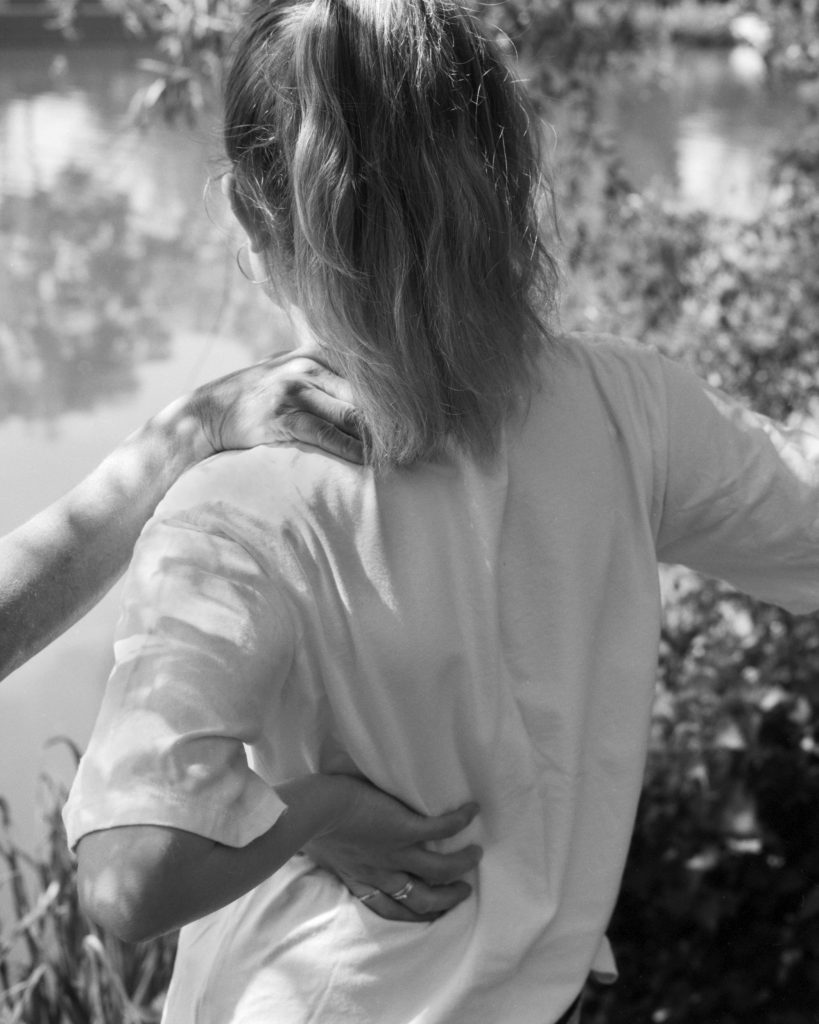
John’s Notebooks | Billy Barraclough
‘John’s Notebooks’ is written in marker pen across one of the boxes I pull down from the attic. A photographer and writer, my father left behind an archive and boxes full of notebooks, letters, drawings, paintings and other objects that have been stored away since his death 15 years ago. It was on returning to live in my family home and rediscovering the archive and objects belonging to my father that the work started to be made. John’s Notebooks’ explores the memories and emotions connected to the loss of my father that are stored in the landscape of the family home and surrounding area, in the family members who live here and in the objects he left behind.
Engaging my father’s pictures alongside my own, ‘John’s Notebooks’ becomes a conversation between father and son around legacy and as much about presence as absence.
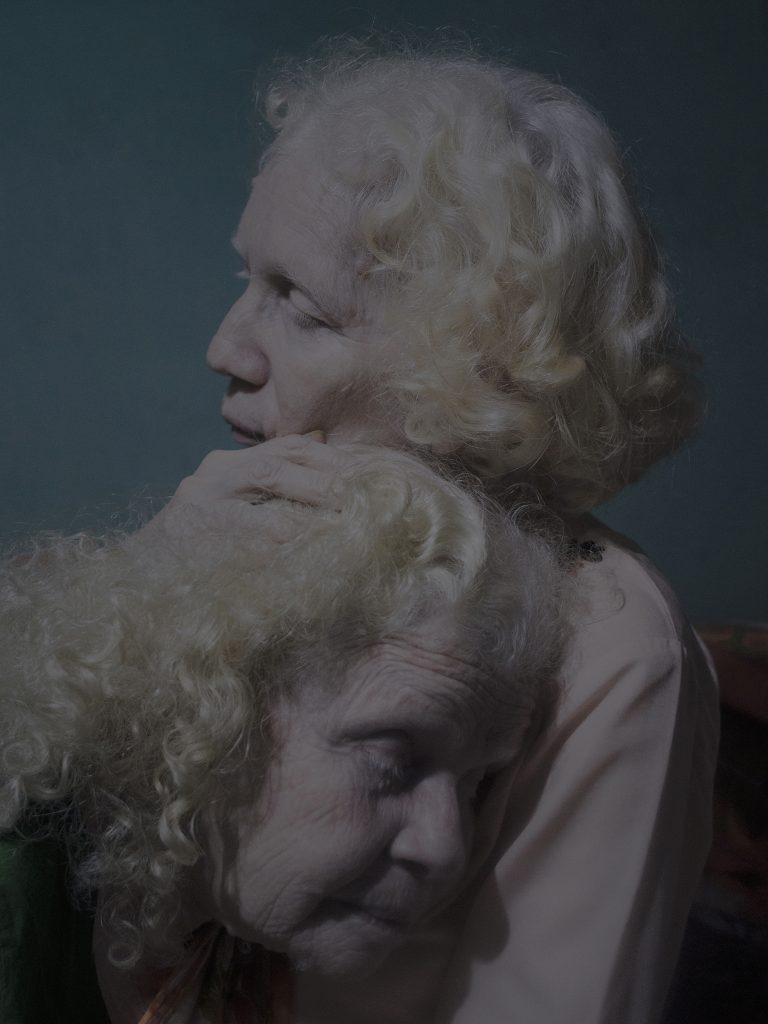
Belonging | Debsuddha
Belonging is a visual story where as a nephew and a photographer I, Debsuddha, have been sharing the companionship and psychological struggle of my own elderly unmarried aunts Swati and Gayatri Goswami who have spent a lifelong social seclusion due to the discrimination they have faced within their social surroundings for being born as an albino. In short, they are survivors of the racial injustice that they had to deal with since their childhood which has greatly affected them psychologically. Companionship is a vector to build a space that can gradually grow as a place, sometimes virtually or sometimes physically, that floats through and shapes the psychology which reflects in times of crisis. Kolkata, India.
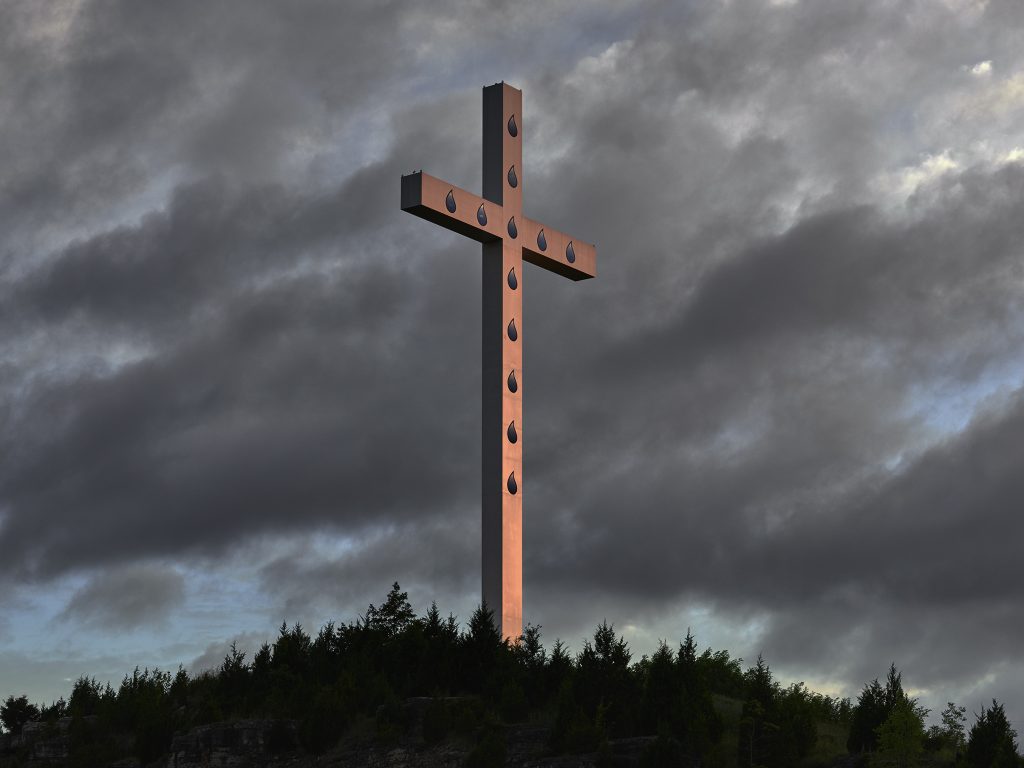
This Holy Hill | Jenna Garrett
This Holy Hill explores spirituality and myth in America through a rural vacation town. Branson, Missouri has a population of 11,400 nestled in the Ozark Mountains. For more than a century it’s served as a much-loved tourist destination, drawing an estimated 7 million a year at its height. The region champions a particular subset of American values, but perhaps most of all, a belief it is blessed by God.
I was born an hour north of Branson. As a child, I visited several times a year. My work examines the foundation on which I was raised. Through a combination of documentary and staged images, I create a nuanced portrait of a worldview often over-simplified. America has a long history of decreeing ordinary places holy, blending nature and the divine as proof of its intended destiny. It’s a story grandly told, partially true and deeply felt.
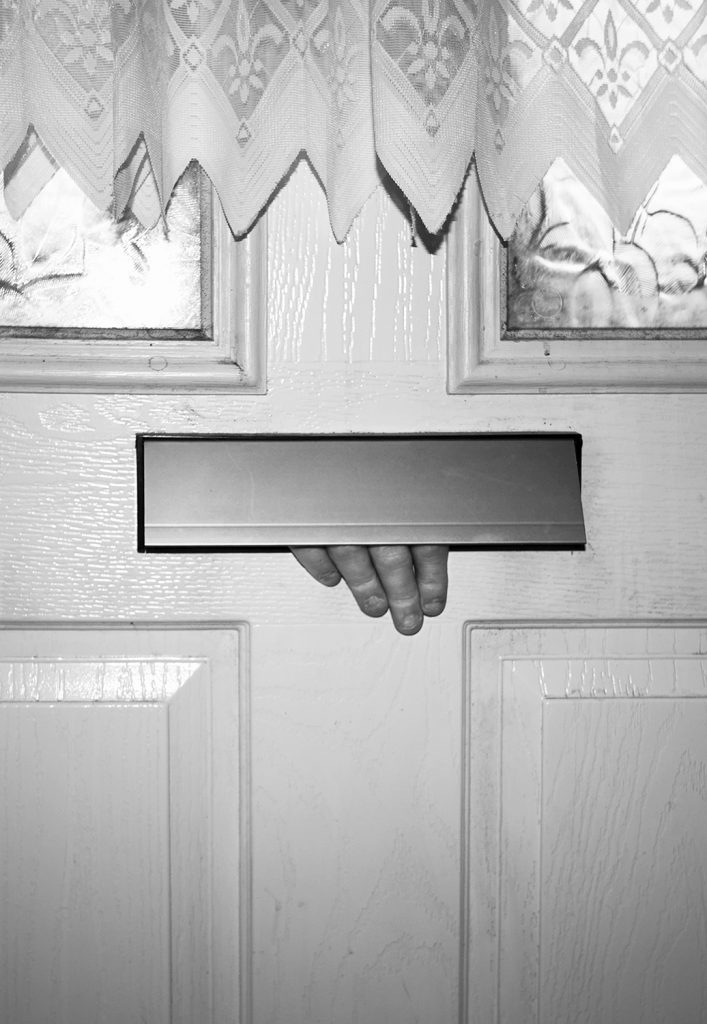
Are You There? | Kelly O’Brien
There was a single moment of near contact with my father when I was 7 years old; as his hand suddenly reached through the letterbox of my mother’s front door. He died 8 years after this brief encounter took place. It would take another 8 years until I would learn of his death, from the mouth of my grandma as we wandered through the aisles of our local supermarket.
Over the preceding years, discovering information about my father proved near impossible, with family members only revealing fragments of who he might have been and what he might have been like. In an attempt to uncover this immaterial man, I collaborate with clairvoyants to trace an impression of my estranged father. The information gathered is translated within a visual framework where psychic drawings, automated writing and attempts to communicate with my father are integrated.
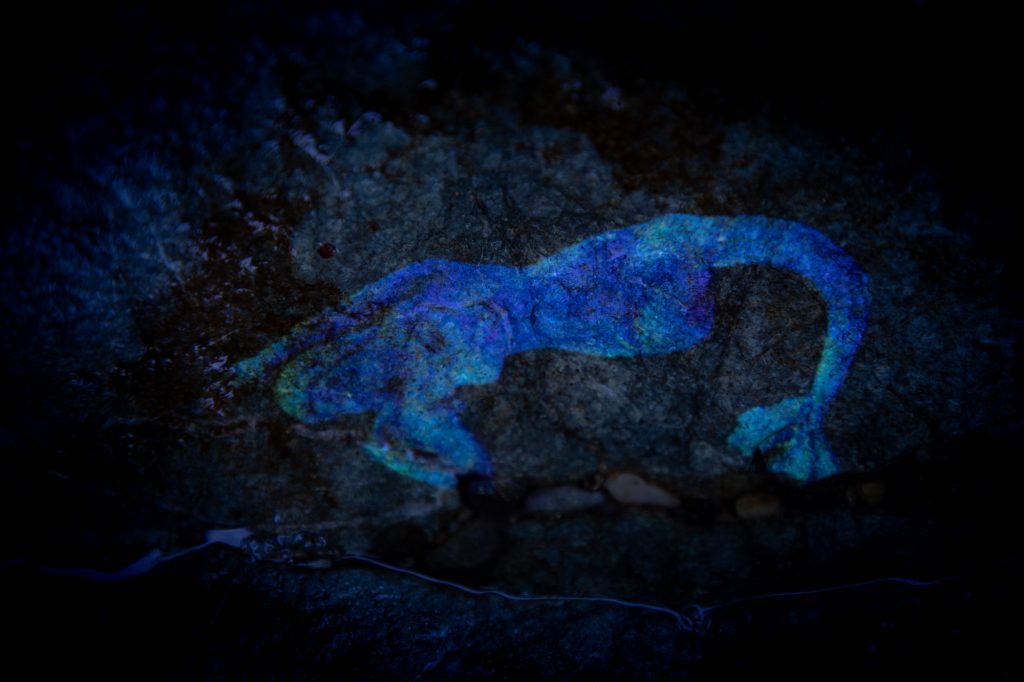
LoHaitz | Maria Gracia Cebrecos
In the search through my origins, I discovered that my second last name, originally written as ‘Loaiza’, comes from the words in euskera: “Lo” which means a sleep and “Haitz” which means rock.
In the Basque Country, Koba or the cave is a fundamental space that contains layers of history, myth and knowledge throughout all time. In various legends, it was believed that these were occupied by mythological creatures as they were the portals that connected the terrenal life to the nuclei of the Earth or underground world. These were not only inhabited in the imagery of people but also in Paleolithic times, rupestral paintings evidence a coded language in nature connected with Amalur, Mother Earth.
‘LoHaitz’ is a constant hypnagogic journey where portals are the transitional element in the landscape to trespass these parallel worlds. These are conductors where perhaps that blur boundary that divides them no longer really exists. The project wakes up our senses stimulating the presence of encrypted creatures in nature. It also questions if myth is sleeping in these elements or if we humans, in actual times, have been submerged into a numb state by our reason. Where we are losing sensitivity, disabling us to connect and perceive with our purest origin: nature.
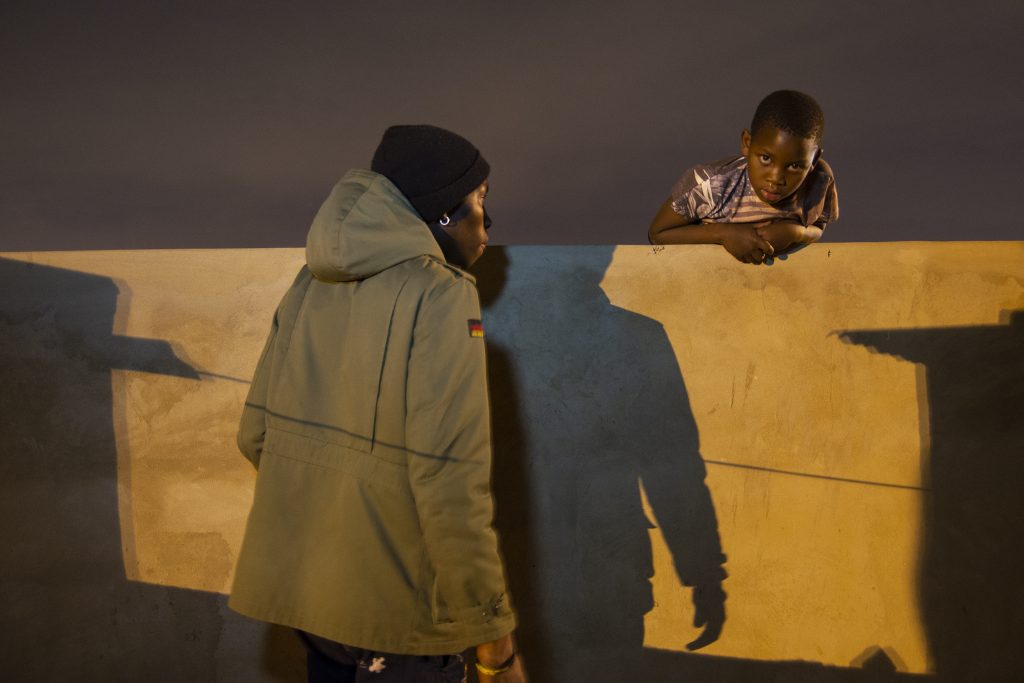
Stop Nonsense | Sibusiso Bheka
In township-taal, a wall around your house is called a ‘stop nonsense’ as in, go away, don’t bother me, ‘stop your nonsense’. A ‘stop nonsense’ is a symbol to everyone who passes by that you are going up in the world. It is a barricade of spears between yourself and your environment. That you have something now, worth securing, worth looking after. This documentary project takes place at my grandmother’s house in a township called Thokoza. The township was established in the early 1950’s under a racial segregation government act and not much has changed since. In this documentary project I use the physical barrier of a wall as a canvas to represent the past and present experiences which led my grandmother to build the ‘stop nonsense’ around her house, as well as to express the psychological or symbolic barrier between neighbours and their environment. The inspiration for this body of work comes from childhood memories of growing up in my grandmother’s house and through observing my surroundings.

